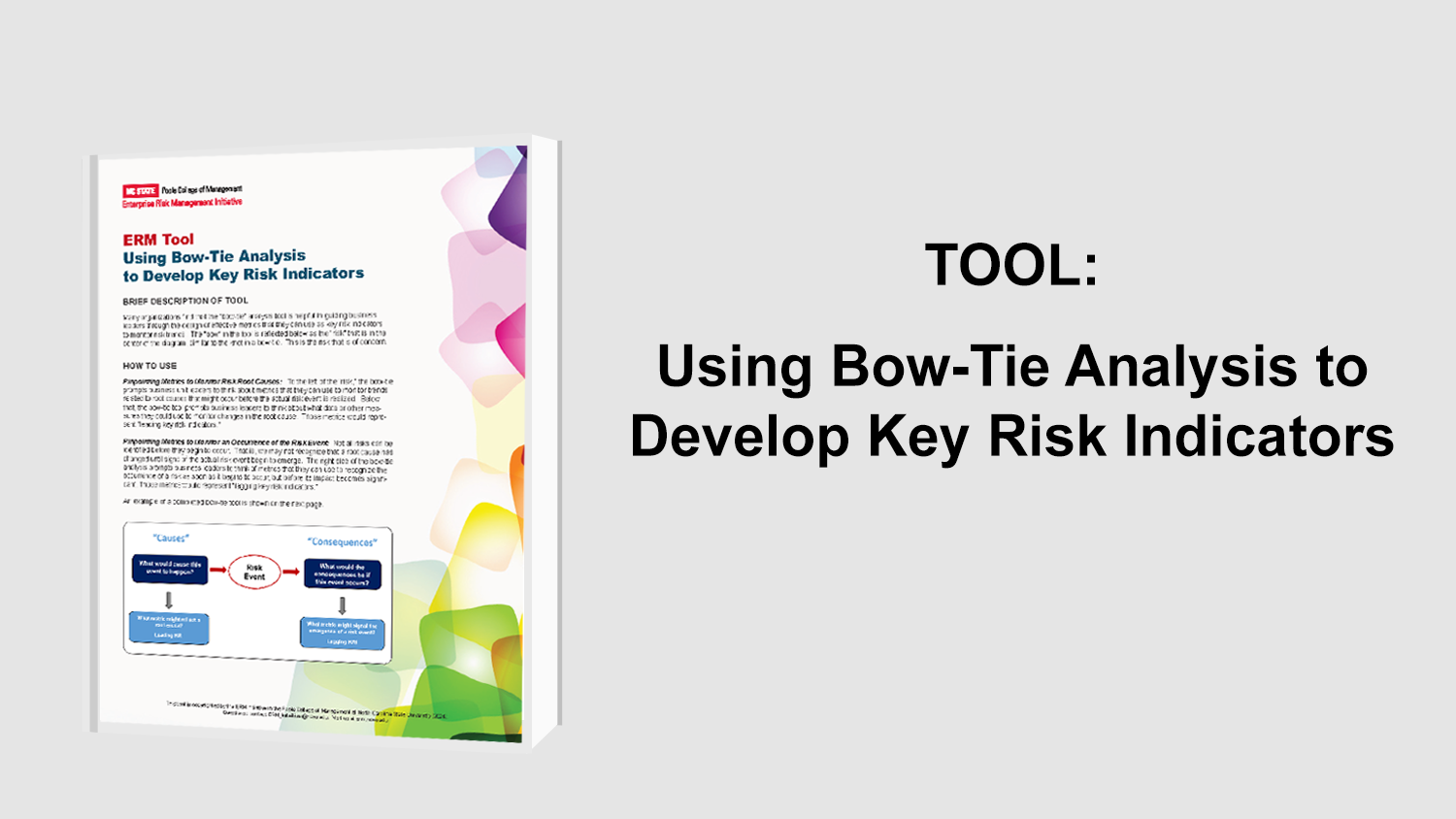Angela Hoon, Senior Vice President, Audit, Risk & Asset Protection at Advance Auto Parts, shares her insights about innovative ideas to engage senior leaders throughout the organization in robust discussions to see the value of risk management to support better informed decision making.
Having a Risk Mindset
Angela notes that it is important to engage business leaders throughout the organization to assist them in understanding risks from their individual point of view. Having them consider what does this risk really mean to them and their areas of responsibility can help them better appreciate the value of proactive risk thinking and planning.
The more you can remove the “risk jargon and bureaucracy” the easier it is to have an engaging discussion and understanding about the various ways that risk information can be leveraged to support better management decisions. Business leaders need to have a risk mindset in how they approach the respective activities, which could result in a cultural change or a shift in how things may be currently viewed for the organization.
Innovative Techniques to Engage Leaders
As ERM practitioners look to the future one of the challenges is to link ERM to strategy, while continuing to manage current business risks. Angela’s extensive experience has provided her with valuable insights as to what works well. Her best practices include:
- Convening cross functional teams is essential for any type of activity and/or discussion to continually emphasize that business decisions are not made in a silo. Angela recommends facilitating workshops where individuals across the organization are involved in a robust discussion to analyze and form decisions to address a real business problem having an impact on the entire organization.
- Looking for interconnected risks which are those things that could impact multiple programs, system implementations, units, etc. For example, ask if there are programs and/or key initiatives which are all dependent upon the same individual(s)?
- Bringing insights to the table and discussions to help support better decisions. These could include external information about the industry or metrics to support your analysis.
- Leveraging various techniques such as war gaming, pre-mortem, and game theory as they are beneficial to encourage different ideas and perspectives.
Angela’s key point throughout is to find ways to identify and engage people across the business to support cross functional discussions and lead to better outcomes and decisions for the organization overall.
Interested in this topic? You may also like this article, Preparing for an Uncertain Future: Scenario Planning and War Gaming



